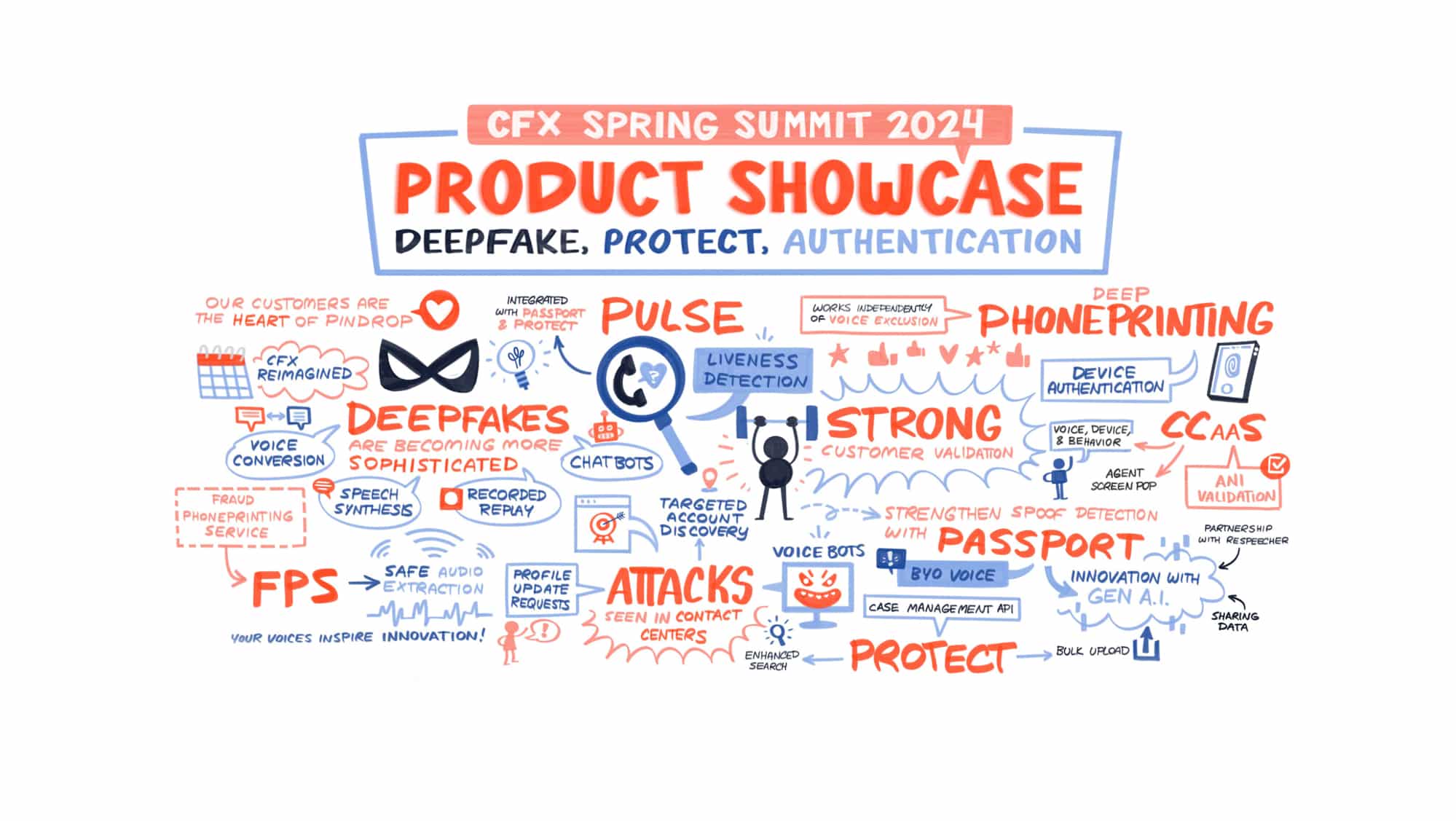Opus Research and Pindrop Discuss the Future of Voice
The trial period of voice biometrics is over — the proof points surrounding voice biometrics have been determined, with customer experience, efficiencies, and fraud in mind. Voice biometrics, along with help from deep neural networks (DNN), allows fraud attacks to be mitigated through multi-layered solutions.
Last week, the founder of Opus Research, Dan Miller, and the Director of Authentication at Opus, Ravin Sanjith, sat down with Matt Garland, our VP of Research, for a conversation about the current state and potential evolution of voice biometrics.
As we navigate through different channels, the purpose of voice biometrics remains the same — to provide a unique, secure element to a multi-factored authentication solution. Within the phone channel, and specifically the call center, voice biometrics alone can only do so much, and the human factor serves as a perennial risk. Fraudsters continue to take advantage of the call center, where fraud is often originates, with vishing and social engineering attacks — causing a snowball effect and pushing fraud into other channels. This common occurrence validates the need for continuity in authentication as we move freely between channels.
Previous challenges faced in biometrics have been met with new technology, including DNNs — a series of layers of nodes that work as data approximators. These DNNs break down problems and teach the networks new functions — enhancing voice biometrics. Additionally, DNNs enable text independence for voice biometric systems, with passive enrollment that ensures a seamless customer experience. To learn more about voice biometrics and deep neural networks, watch the on-demand session here.



